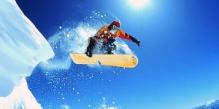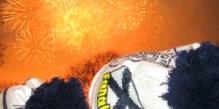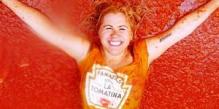Wallabies will stick to hot-potato blitz
The Wallabies' hot-potato attacking blitz is set to continue in Europe and new statistics show that will make them more than a handful for their Six Nations opponents.
Stats from this year's Tri-Nations confirm the southern hemisphere, containing the world's top three sides, is the powerhouse of try-scoring rugby.
Australia, New Zealand and South Africa amassed 52 five-pointers in the tournament, an increase from just 27 in 2009.
Each Tri-Nations game averaged 5.8 tries, the highest in 13 years, while the northern hemisphere's Six Nations sides could manage just 3.2.
Winners New Zealand scored 22 tries, runners-up Australia 17 and wooden-spooners South Africa 13.
Kicking in general play was down from around 60 per game in 2009 to just 37 this year, the "lowest in living memory", the stats report claimed, and there was not a single drop goal in the tournament.
The Wallabies have unleashed a ball-in-hand blitz against the All Blacks and Springboks in recent months and plan to continue that in Wales, England, Italy and France over the next four weekends.
"There's no shortcuts to it, you've got to earn the right to go wide," coach Robbie Deans said.
"If you're just playing laterally, there'll be no benefit.
"But we'll want to use it, that's one of our assets.
"We've got pace, we've got the ability to move the ball and, the more we can demand of our opposition, the more we'll sap the energy out of their legs, hopefully the more we'll profit."
Among the other significant stats from the Tri-Nations, the All Blacks received just one yellow card despite being the most penalised side.
Australia and South Africa received four yellow cards each, despite the All Blacks having penalties or free kicks awarded against them 70 times to the Wallabies' 59 and Boks' 53.
Australia received the most penalties with 67.
The Wallabies' fadeouts are explained by them scoring 12 first-half tries to five in the second half.
And while their lineout fared well, Australia's scrum secured only 79 per cent of the side's own feeds to New Zealand's 100 per cent and South Africa's 98 per cent.
 © 2025 AAP
© 2025 AAP















Post a comment about this article
Please sign in to leave a comment.
Becoming a member is free and easy, sign up here.